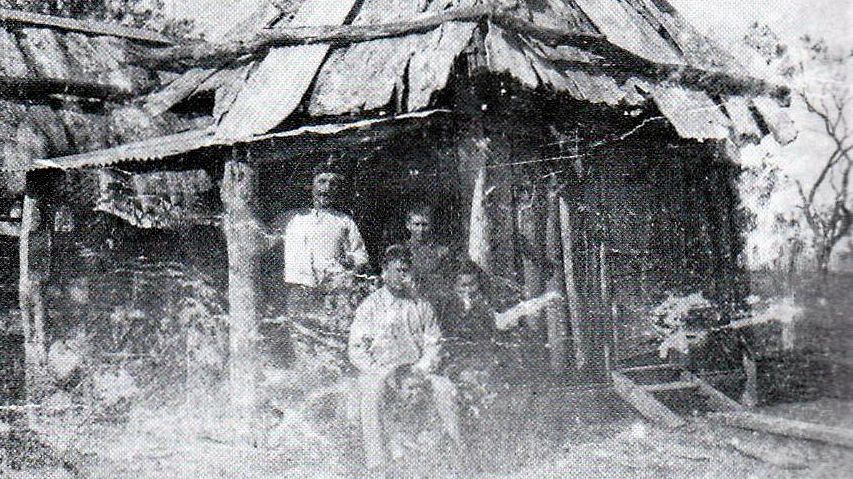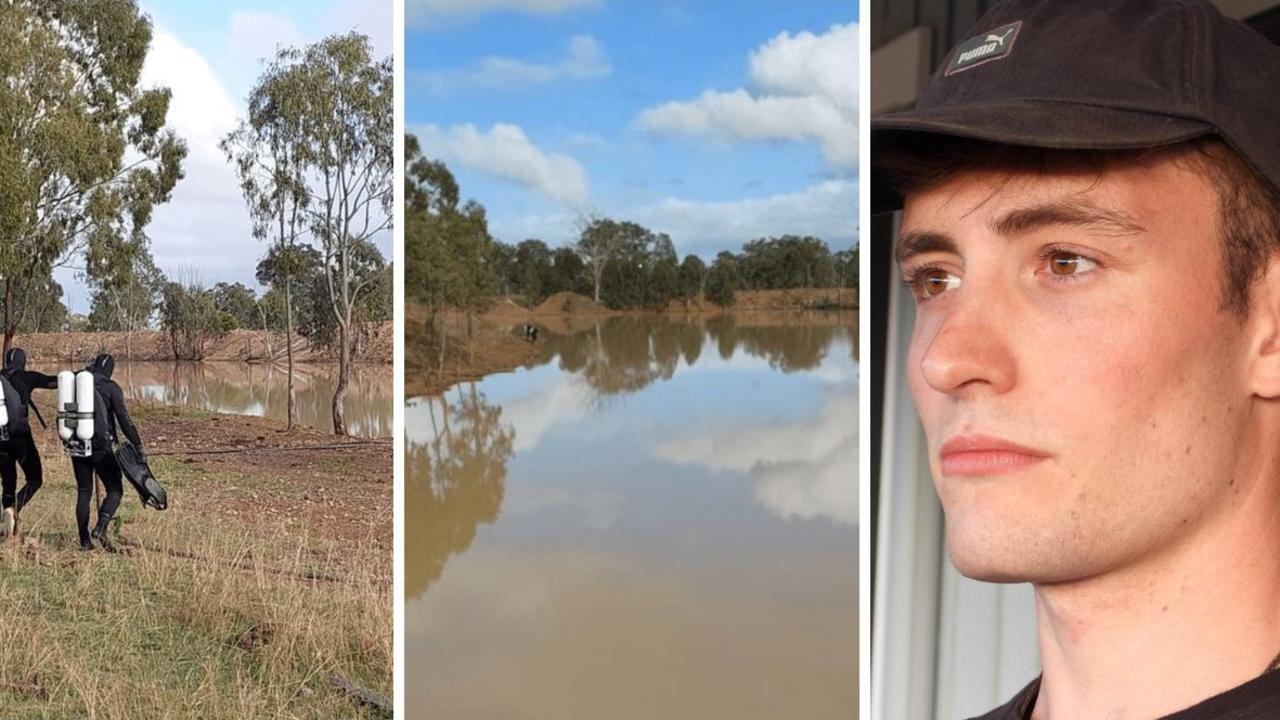Ross family crosses the Condamine for new life
Learn the history of one of the first families to settle in the area.

Dalby
Don't miss out on the headlines from Dalby. Followed categories will be added to My News.
IT WAS an empty open land, peopled by a few tribes of Aboriginal people.
Some of the early explorers had passed through but it was a lonely land to settle with a family.
Yet that is what Hugh Ross did back in the early 1840s when he crossed the Condamine River to take up land for himself.
He had come to Australia to do just that.
Hugh Ross, his wife and family left Scotland for the Colony.
He was under engagement to Sir Evan McKenzie who owned property on the Hunter River.
They began working on that land in 1836 and stayed there for six years until they moved to live at Oakey Creek on the Darling Downs.
While there their youngest daughter Barbara was born.
After they were there for two years they took up Green Bank, a property of about ninety square miles.
Hugh sent home to Scotland for a relative, Finlay Ross.
In 1845 the newcomer held a licence to depasture stock on a large portion of Green Bank.
The three big properties of the area, Green Bank, St Ruth and Jimbour, used shepherds to control their flocks of sheep.
These three runs met at first at a locality on Myall Creek where Dalby now stands until 1868 when the original holding was cut into three freehold blocks.
Hugh's son Robert selected two of these.
While they were there their youngest son was born.
They already had 10 other children.
While they were on the property the explorer Ludwig Leichhardt came through on his final expedition and stayed several weeks with them.
He tried to persuade Hugh to go with him but the experienced settler wisely declined.
Leichhardt was also interested in securing the services of the eldest Ross son, William, who was away droving.
William was an excellent bushman.
As a teenager in Scotland he could find his way through the roughest and hilliest country on the darkest night.
The explorer didn't wait for his return and therefore missed out on a guide who may have changed the outcome of his ill-fated expedition.
The story was told of the day two of the daughters were alone when a tribe of Aborigines surrounded the homestead.
The girls were determined to keep the intruders out and were relieved at the arrival of some of the stockmen who were warned by smoke signals that there was trouble at home.
The intruders soon disappeared into the bushland.
It is believed the first bridge across the Condamine River was on Green Bank.
The road through the property was the main road from the Downs to the Moonie.
The bridge was in use until 1884 when it was washed away in a flood.
Later a low level bridge was built near where the present Loudoun Bridge is today.
Green Bank in its early years was a well known place and many a traveller on their way to and from the Moonie enjoyed the Ross family's hospitality.
The original home was built of rough-hewn slabs with a bark roof.
It was eventually replaced by a more modern building of two storeys containing 13 rooms and two cellars.
In 1848 Hugh Ross left the property and moved to the tiny settlement of Myall Creek to open the second hotel there.
His older sons continued to run Green Bank.
Hugh Ross passed away in 1862, about a year before his youngest daughter Barbara married a son of Samuel Stewart, the first hotel keeper of Myall Creek, thereby uniting two pioneering families of the district.
Originally published as Ross family crosses the Condamine for new life






